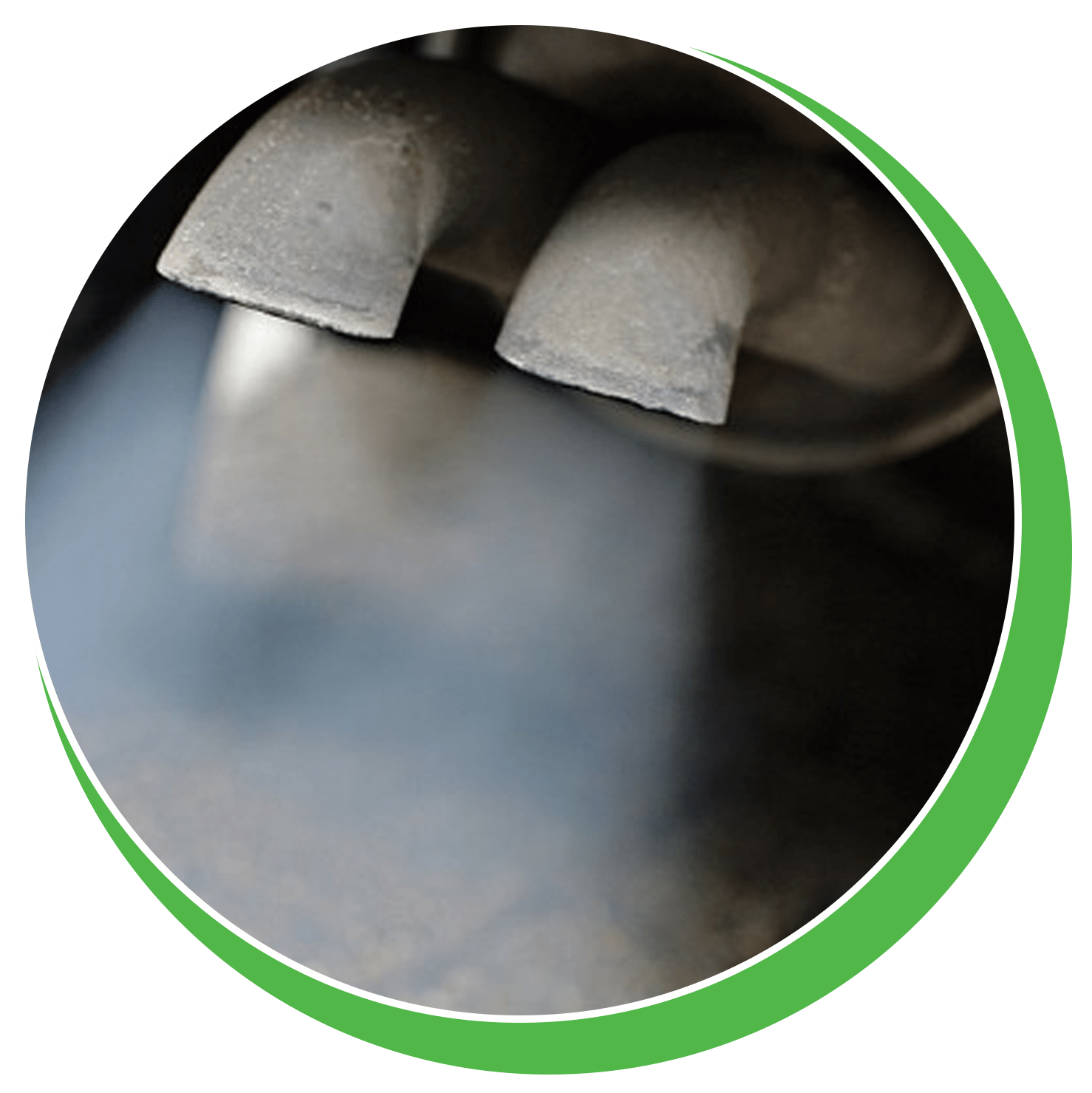How to Look After Your Vehicle’s DPF
There are two types of regeneration: passive and active. Passive regeneration normally takes place at higher speeds, when the engine is running at higher revs.
To make sure that the regeneration takes place, most manufacturers suggest that every few hundred miles, the car is driven for a period of more than 15 minutes at a consistent speed in excess of 40mph. Doing this should clear the filter.
If the DPF can’t regenerate passively, the car’s onboard computer will have to take measures to prevent the filter from clogging. This is when the problem starts occurring.
So here are a few tips on how you can keep your DPF clean and trouble-free.
Drive a Little Faster
Driving a little faster could actually save you money in the long run. DPF regenerations can only occur when certain conditions are met such as speed, RPM and engine temperature. Unless all the conditions are met, the DPF regeneration process will not start and you’ll be one step closer to a costly dealer regen.
Use the Right Oil
Choosing the right oil for your car is vital to ensuring your engine produces as little diesel particulate matter as possible. Always try and use the manufacturer-approved engine oil.
Get Your EGR Valve Check
Over time EGR valves can become blocked with the soot and carbon they are designed to recirculate. This, in turn, can cause the device to stick open or open for longer than it should, increasing particulates, soot and carbon to be fed back into the engine.
Buy the Right Accessories
Whether you are driving a diesel car, a commercial vehicle, a bus or a truck— it is important that you have the right accessories to it. This includes buying the right DPF, DPF sensors, clamps, gaskets and other more.
So if you wanted to purchase the ideal and right items, then the next thing you should do is to find a good supplier for it,
For all reliable and quality auto parts, DPFParts.com can help!

